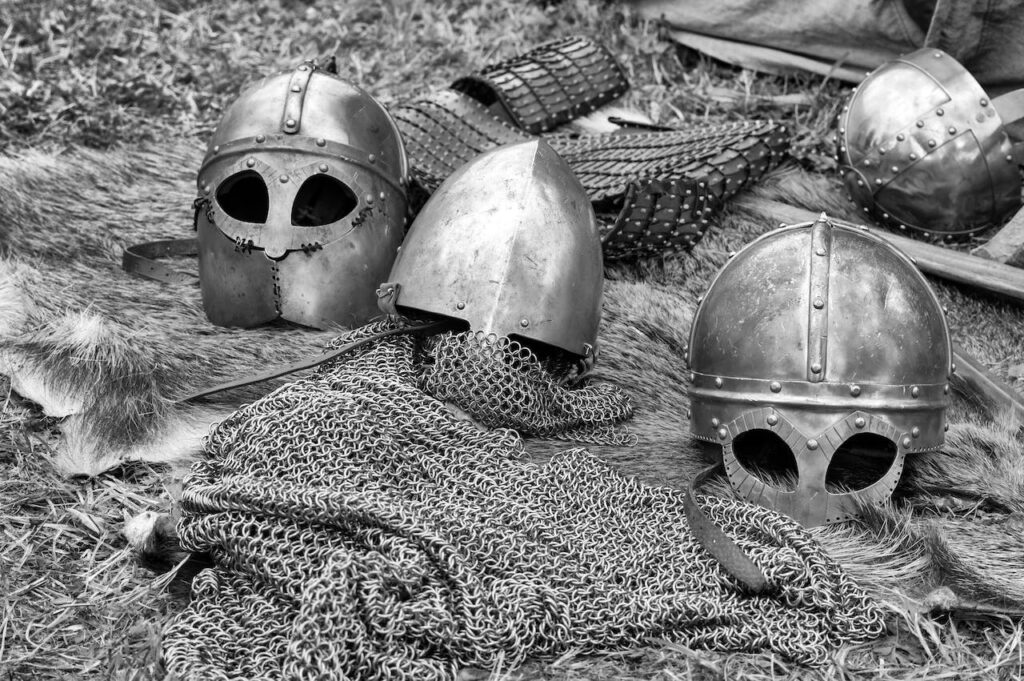Afghan war rugs, intricate tapestries born from hardship, are more than just floor coverings. They are tangible expressions of resilience, whispered stories of conflict and survival, and vibrant windows into the rich tapestry of Afghan culture. These knotted narratives, each intricate knot a testament to the weaver’s spirit, have captivated collectors and enthusiasts for decades.
From Conflict to Creativity: The tumultuous decades of the 1980s and 90s in Afghanistan, marked by Soviet occupation and civil war, birthed the phenomenon of Afghan war rugs. With traditional livelihoods disrupted and displacement rampant, women in refugee camps and war-torn villages turned to rug weaving as a means of sustenance and creative expression. These Afghan war rugs, often woven on makeshift looms from recycled materials like wool, cotton, and even silk scraps, became canvases for their experiences.
Decoding the Symbols: Afghan war rugs are not merely decorative. They are imbued with potent symbolism, each motif and color a poignant message. Tanks and helicopters appear alongside traditional tribal patterns, depicting the stark contrast between war and heritage. Vivid reds and oranges evoke bloodshed, while calming blues and greens whisper of hope and longing for peace. These Afghan war rugs are visual diaries, each knot a brushstroke in the collective narrative of Afghan women’s suffering and resilience.
Beyond Aesthetics: The artistry of Afghan war rugs transcends their historical significance. The technical skill and color sense displayed are remarkable. Geometric patterns seamlessly blend with floral motifs, and intricate borders frame the central tableau. The use of natural dyes, extracted from plants and minerals, lends an earthy depth to the Afghan war rugs, a testament to the weavers’ deep connection to their land.

A Bridge Between Cultures: Today, Afghan war rugs have become objects of cultural exchange and artistic appreciation. They adorn museum floors and grace private collections around the world, serving as bridges between the West and Afghanistan. Owning an Afghan war rug is not just about acquiring a beautiful object; it is about acknowledging the stories woven into its very fabric, honoring the women who gave them life, and contributing to the preservation of Afghan cultural heritage.
Looking Ahead: The future of Afghan war rugs remains uncertain, as the recent events in Afghanistan have once again displaced artisans and disrupted traditional production methods. However, the indomitable spirit of Afghan women and the timeless allure of their rugs give reason for hope. Initiatives that support rug-weaving communities and promote fair trade practices can ensure that these stories of war and resilience continue to be woven for generations to come.
Conclusion
Afghan war rugs are much more than just decorative textiles. They are living tapestries, woven with hardship, hope, and unwavering beauty. By understanding their history, appreciating their craftsmanship, and supporting the communities that create them, we can keep these stories alive and ensure that the legacy of Afghan women’s resilience continues to inspire us all.
Afghan War Rugs: FAQs and One-Line Description
One-Line Description: Afghan war rugs are tapestries woven by women in war-torn regions, depicting their experiences through symbolic motifs and intricate craftsmanship.
FAQs:
1. What are Afghan war rugs?
Afghan war rugs are handmade carpets created by Afghan women, primarily during the Soviet occupation and subsequent conflicts. These rugs depict the realities of war and displacement through symbolic imagery, often featuring tanks, helicopters, and traditional geometric patterns alongside vibrant colors.
2. What is the history of Afghan war rugs?
The tradition emerged in the 1980s as women in refugee camps and war-torn villages sought an income and creative outlet amidst hardship. They used readily available materials like wool, cotton, and even silk scraps to weave these rugs, which became visual narratives of their experiences.
3. What makes Afghan war rugs unique?
Their unique blend of traditional Afghan motifs and symbols of war creates a powerful storytelling medium. The intricate knotting techniques, natural dyes, and skillful use of color set them apart. Each rug is a one-of-a-kind piece, imbued with the weaver’s personal story and cultural heritage.
4. Are Afghan war rugs valuable?
While their artistic and historical significance are undeniable, their monetary value can vary depending on factors like age, size, complexity of design, and materials used. Some rare and well-preserved rugs can fetch high prices, while others are more affordable.
5. Where can I buy Afghan war rugs?
Ethical sellers who support fair trade practices and directly benefit Afghan rug-weaving communities are the best sources. Look for reputable online retailers, museums with rug collections, or specialized antique shops.
6. How can I support Afghan rug weavers?
Buying rugs from ethical sources, raising awareness about their craft, and advocating for fair trade practices are all ways to support Afghan rug weavers. You can also donate to organizations that empower and support these communities.


